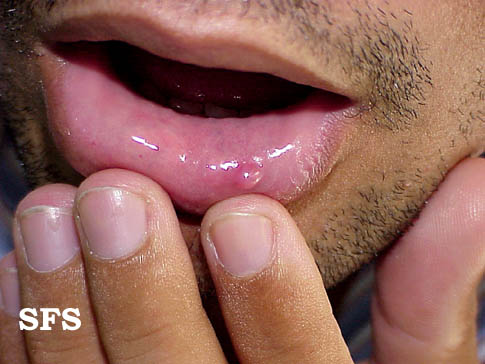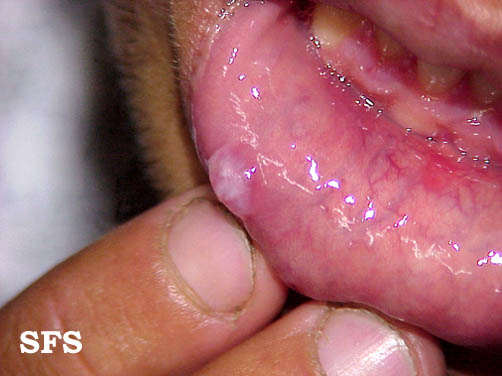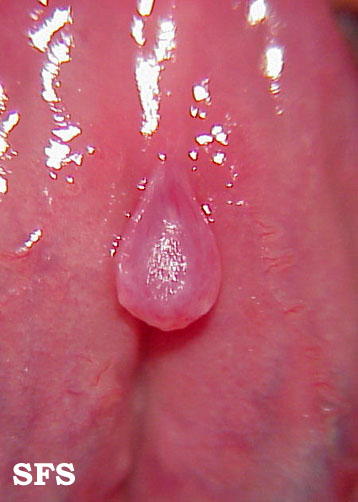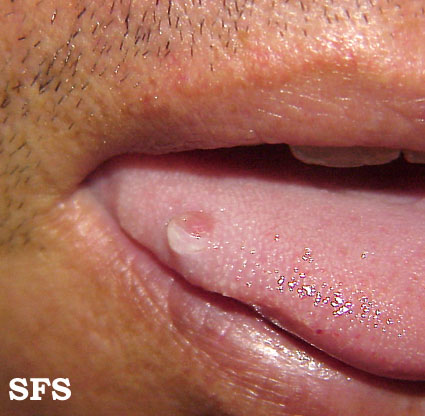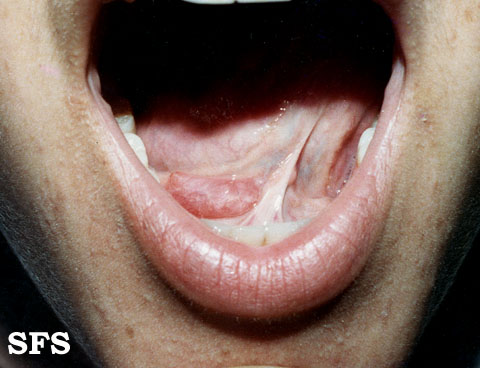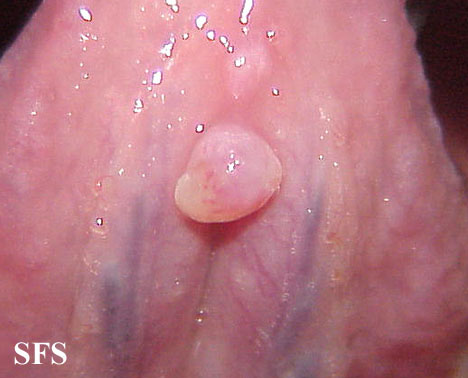Mucocele
|
WikiDoc Resources for Mucocele |
|
Articles |
|---|
|
Most recent articles on Mucocele |
|
Media |
|
Evidence Based Medicine |
|
Clinical Trials |
|
Ongoing Trials on Mucocele at Clinical Trials.gov Clinical Trials on Mucocele at Google
|
|
Guidelines / Policies / Govt |
|
US National Guidelines Clearinghouse on Mucocele
|
|
Books |
|
News |
|
Commentary |
|
Definitions |
|
Patient Resources / Community |
|
Directions to Hospitals Treating Mucocele Risk calculators and risk factors for Mucocele
|
|
Healthcare Provider Resources |
|
Causes & Risk Factors for Mucocele |
|
Continuing Medical Education (CME) |
|
International |
|
|
|
Business |
|
Experimental / Informatics |
Editor-In-Chief: C. Michael Gibson, M.S., M.D. [1]Associate Editor(s)-in-Chief: Jesus Rosario Hernandez, M.D. [2].
Synonyms and keywords: Mucus extravasation phenomenon.
Overview
A mucocele, also referred to as mucus extravasation phenomenon, is a swelling of connective tissue consisting of collected mucin from a ruptured salivary gland duct, which is usually caused by local trauma. The mucocele is a bluish translucent color, and is more commonly found in children and young adults.
Locations
The most common location to find a mucocele is the surface of the lower lip. It can also be found on the inner side of the cheek (known as the buccal mucosa), on the anterior ventral tongue, and the floor of the mouth. When found on the floor of the mouth, the mucocele is referred to as a ranula. They are rarely found on the upper lip.
Characteristics
The size of mucoceles vary from 1 mm to several centimeters. On palpation, mucoceles may appear to fluctuant but can also be firm. Their duration lasts from days to years, and may have recurrent swelling with occasional rupturing of its contents.
Variations
A variant of a mucocele is found on the palate, retromolar pad, and posterior buccal mucosa. Known as a "superficial mucocele", this type presents as single or multiple vesicles and bursts into an ulcer. Despite healing after a few days, superficial mucoceles recur often in the same location.
Histology
Microscopically, mucoceles appears as granulation tissue surrounding mucin. Since inflammation occurs concurrently, neutrophils and foamy histiocytes usually are present.
Physical examination
Gallery
Skin
Head
Treatment
Some mucoceles spontaneously resolve on their own after a short time. Others are chronic and require surgical removal. Recurrence may occur, and thus the adjacent salivary gland is excised as a preventive measure.
Several types of procedures are available for the surgical removal of mucoceles. These include laser and minimally-invasive techniques which means recovery times are reduced drastically.
References
- Kahn, Michael A. Basic Oral and Maxillofacial Pathology. Volume 1. 2001.
